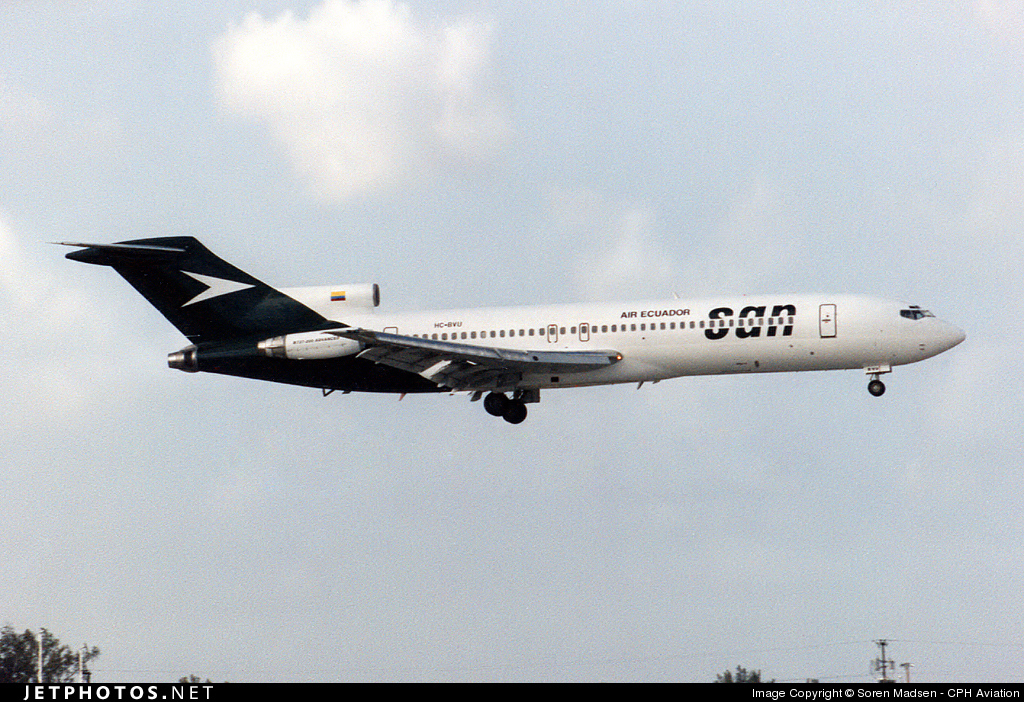Country
Crash of a Boeing 727-228F in New York
Date & Time:
Aug 31, 1998 at 2235 LT
Registration:
N722DH
Survivors:
Yes
Schedule:
New York - Covington
MSN:
19861
YOM:
1969
Flight number:
DHL1165
Crew on board:
5
Crew fatalities:
Pax on board:
0
Pax fatalities:
Other fatalities:
Total fatalities:
0
Captain / Total hours on type:
5000.00
Copilot / Total hours on type:
1200
Aircraft flight hours:
50861
Circumstances:
Shortly after takeoff, the No. 2 engine failed and shutdown procedures for the No. 2 engine were accomplished. The flight crew declared an emergency and requested to return to the airport. On approach, an engine out go-around was required as ATC had instructed the flight crew of a B-747 to "position and hold" on the end of the runway. The first officer was the pilot flying. Following an uneventful touchdown, as the airplane slowed to about 80 knots, the captain took control of the airplane. Shortly thereafter, the right main landing gear (MLG) collapsed and the airplane slid to a stop on the runway. Examination of the No. 2 engine revealed that 80 percent of the main fuel pump main drive shaft was worn to the spline root. The examination also revealed that the grease used to lubricate the main drive shaft output splines was not the authorized grease specified per OHM 73-11-1 or MIL-G-81322. Additionally, the magnetic seal compression O-ring that rides on the drive gear journal outer diameter was hardened and exhibited inner diameter axial cracks. The component manufacturer indicated that the failure of the magnetic seal was the first such reported incident in 30 years; however, it agreed to review operational data from airlines to reevaluate the mean time between overhaul intervals for the seal and to recommend an inspection interval, as necessary. Examination of the right MLG revealed a fracture failure of the trunnion bearing support fitting that was caused by fatigue cracking and stress corrosion cracking.
Probable cause:
The failure of the right main landing gear caused by fatigue cracking and stress corrosion cracking of the trunnion bearing support fitting.
Final Report:
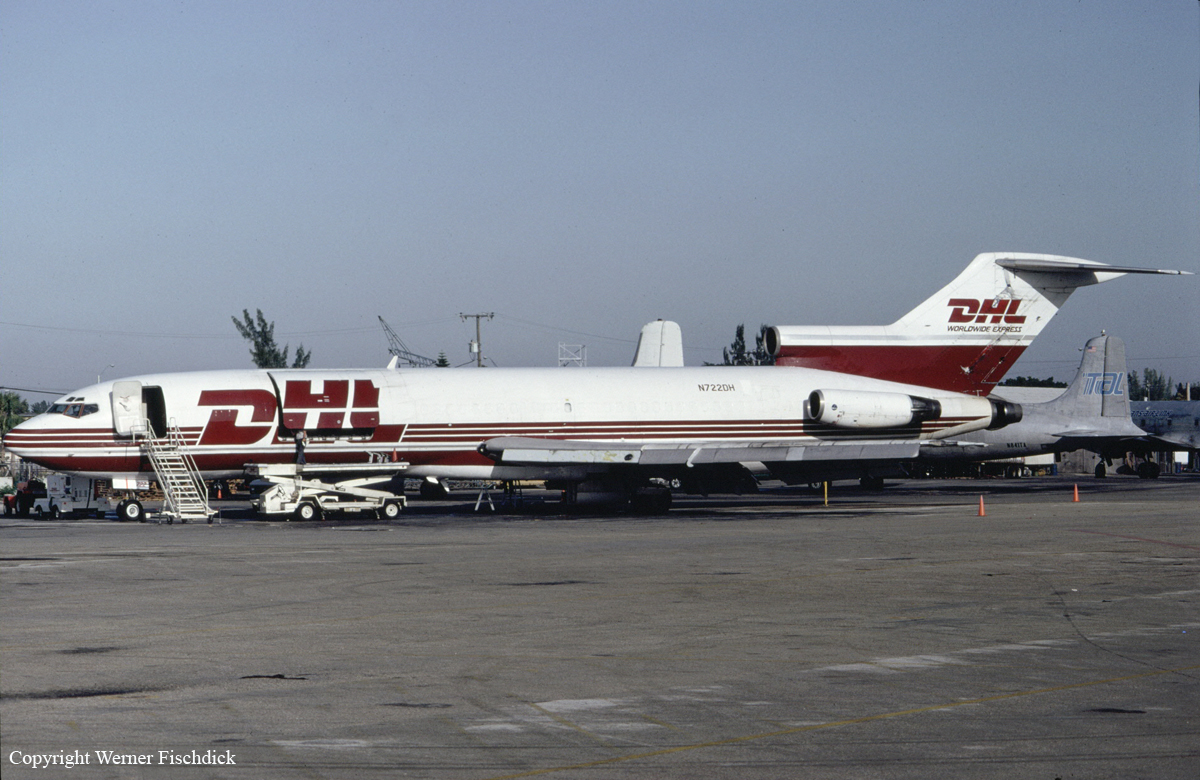

Crash of a Boeing 727-230 in Bogotá: 53 killed
Date & Time:
Apr 20, 1998 at 1645 LT
Registration:
HC-BSU
Survivors:
No
Schedule:
Bogotá - Quito
MSN:
21622
YOM:
1978
Flight number:
AF422
Crew on board:
10
Crew fatalities:
Pax on board:
43
Pax fatalities:
Other fatalities:
Total fatalities:
53
Captain / Total hours on type:
2296.00
Copilot / Total hours on type:
528
Aircraft flight hours:
34586
Aircraft flight cycles:
26475
Circumstances:
The flight from Bogotá to Quito was completed by TAME on a wet-lease contract for Air France, second leg from the AF422 flight from Paris to Quito via Bogotá operated by an Airbus A340. After takeoff from runway 13 at Bogotá-El Dorado Airport, the crew was cleared for a Girardot 1 departure that consist of continuing on runway heading for 2 miles after takeoff, followed by a 90° right turn over the Romeo beacon. For unknown reasons, the crew continued straight forward until the aircraft impacted the Mt El Cable located ahead of the airport. The aircraft disintegrated on impact and all 53 occupants were killed, among them 25 European Nationals, seven Italians, six French, three Danish, three Spanish, two Germans, two Austrians, one British and one Swiss. The wreckage was found 50 metres below the summit. At the time of the accident, weather conditions were poor with rain, clouds at 2,300 feet and CB's.
Probable cause:
The crew suffered a loss of situational awareness after takeoff while climbing in IMC conditions. The crew failed to comply with the Girardot 1 departure procedure, deviated from the published departure procedures and maintain runway heading until the aircraft collided with terrain.
Final Report:
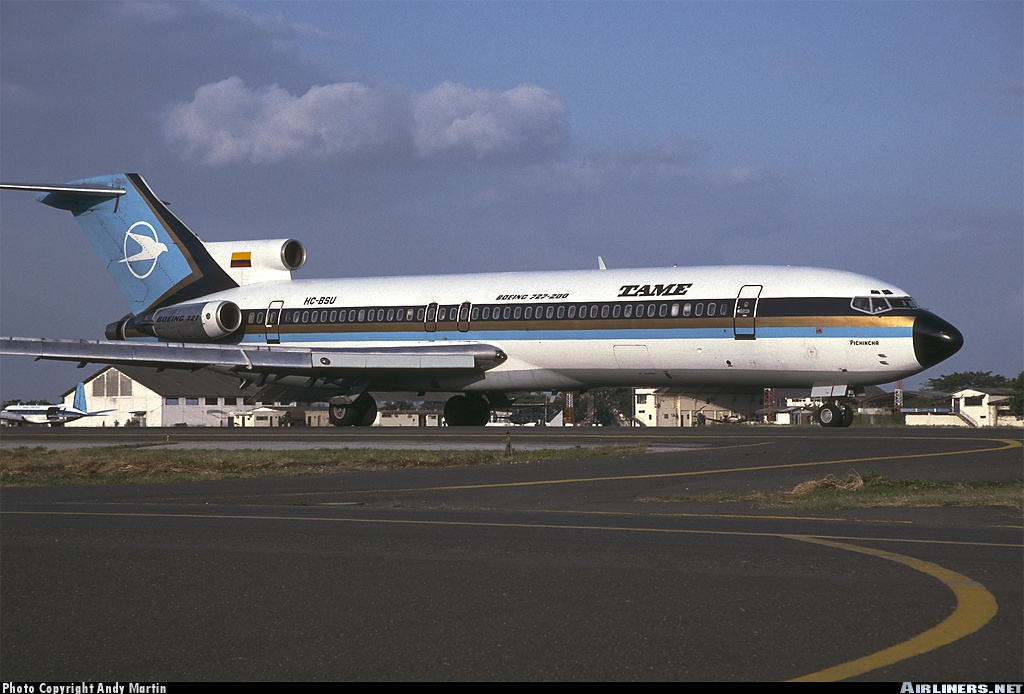
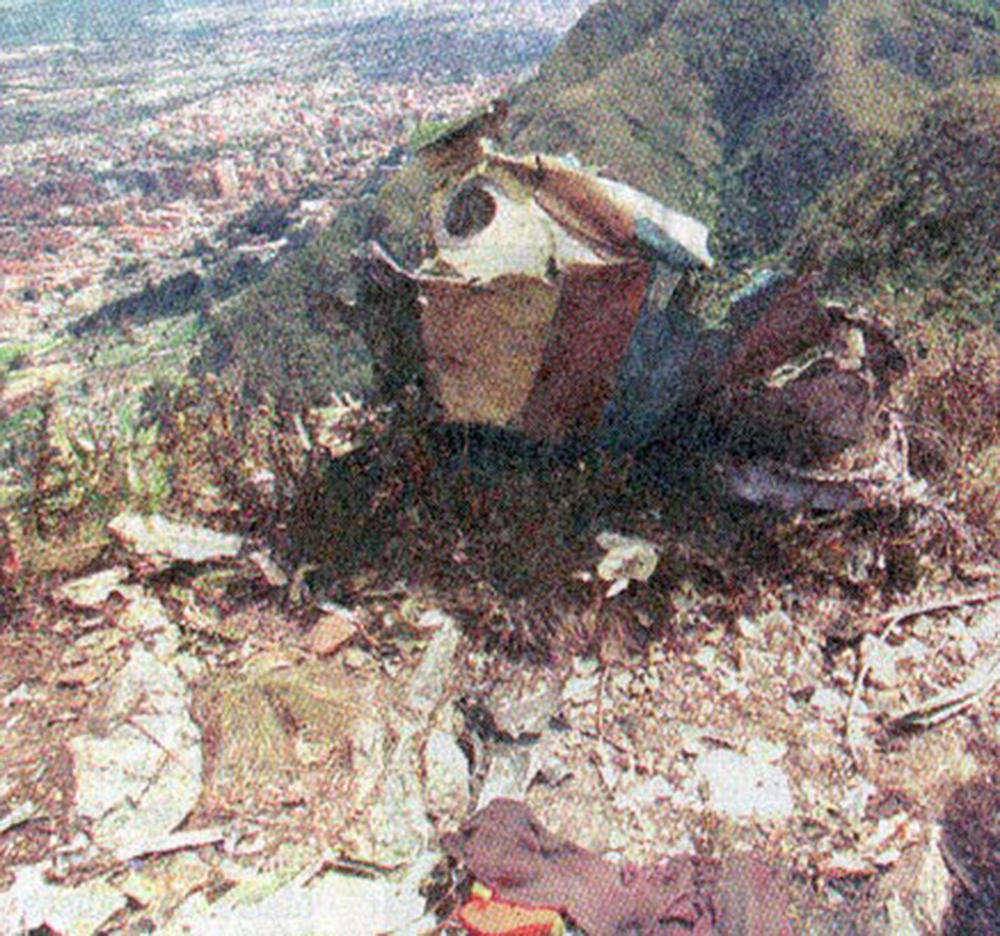
Crash of a Boeing 727-228A near Kabul: 45 killed
Date & Time:
Mar 19, 1998 at 1300 LT
Registration:
YA-FAZ
Survivors:
No
Schedule:
Sharjah - Kandahar - Kabul
MSN:
22288
YOM:
1981
Crew on board:
10
Crew fatalities:
Pax on board:
35
Pax fatalities:
Other fatalities:
Total fatalities:
45
Circumstances:
The aircraft was completing a charter flight from Sharjah to Kabul with an intermediate stop in Kandahar, carrying 35 passengers and 10 crew members. While descending to Kabul-Khwaja Rawash Airport, the crew encountered poor weather conditions and failed to realize his altitude was insufficient. The aircraft struck the slope of Mt Shakh-e Barantay (2,714 metres high) located about 15 km south of the airport. The wreckage was found less than 100 metres below the summit. The aircraft disintegrated on impact and all 45 occupants were killed.
Probable cause:
Controlled flight into terrain.
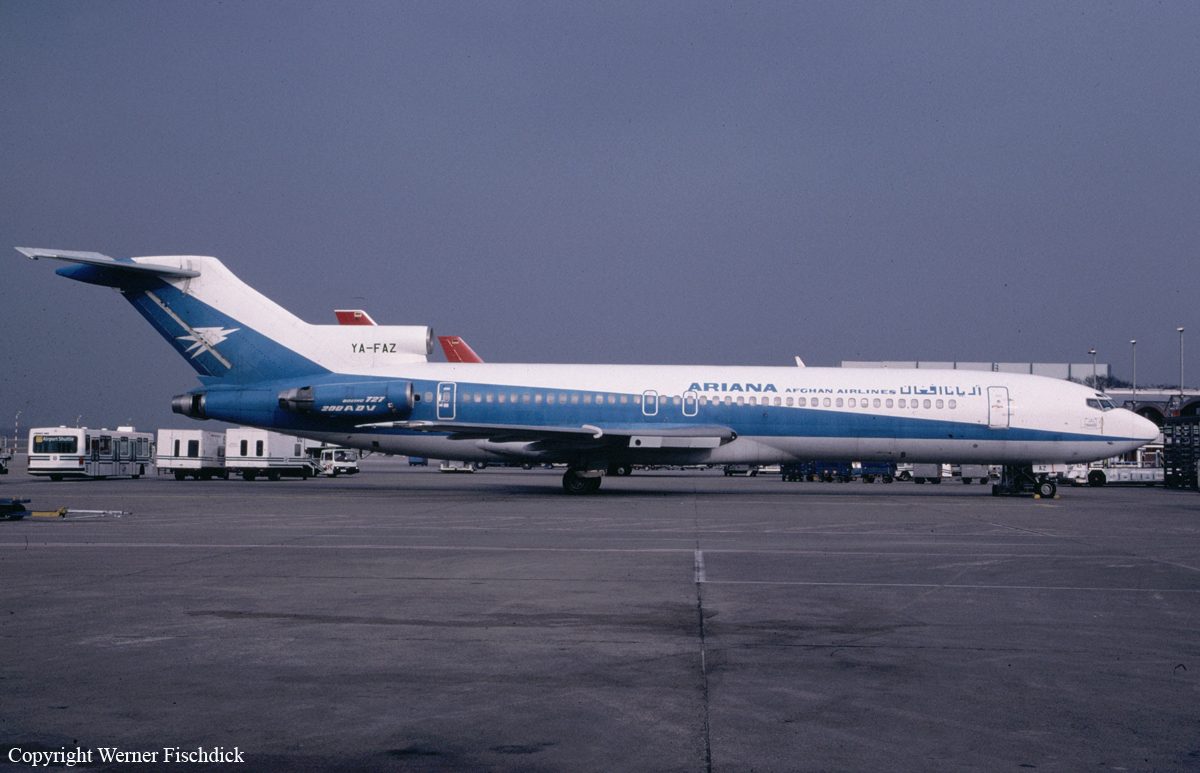
Crash of a Boeing 727-223 in Chicago
Date & Time:
Feb 9, 1998 at 0954 LT
Registration:
N845AA
Survivors:
Yes
Schedule:
Kansas City - Chicago
MSN:
20986
YOM:
1975
Flight number:
AA1340
Crew on board:
6
Crew fatalities:
Pax on board:
115
Pax fatalities:
Other fatalities:
Total fatalities:
0
Captain / Total hours on type:
1319.00
Aircraft flight hours:
59069
Circumstances:
On February 9, 1998, about 0954 central standard time (CST), a Boeing 727-223 (727), N845AA, operated by American Airlines as flight 1340, impacted the ground short of the runway 14R threshold at Chicago O'Hare International Airport (ORD) while conducting a Category II (CAT II) instrument landing system (ILS) coupled approach. Twenty-two passengers and one flight attendant received minor injuries, and the airplane was substantially damaged. The airplane, being operated by American Airlines as a scheduled domestic passenger flight under the provisions of 14 Code of Federal Regulations (CFR) Part 121, with 116 passengers, 3 flight crewmembers, and 3 flight attendants on board, was destined for Chicago, Illinois, from Kansas City International Airport (MCI), Kansas City, Missouri. Daylight instrument meteorological conditions prevailed at the time of the accident.
Probable cause:
The failure of the flight crew to maintain a proper pitch attitude for a successful landing or go-around. Contributing to the accident were the divergent pitch oscillations of the airplane, which occurred during the final approach and were the result of an improper autopilot desensitization rate.
Final Report:

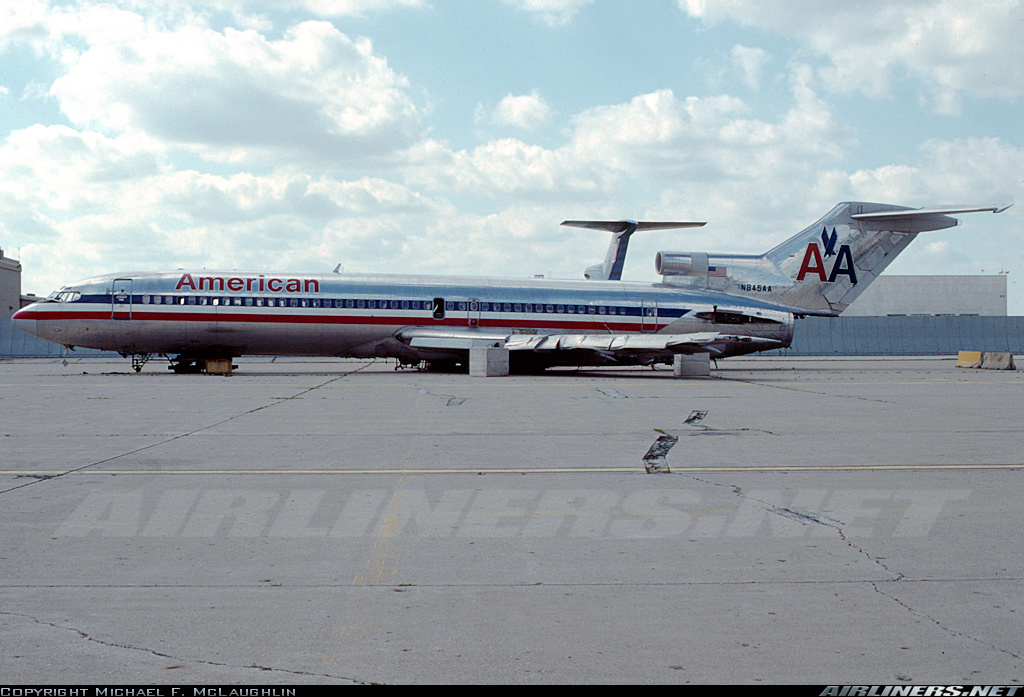
Crash of a Boeing 727-251A in San Cristóbal
Date & Time:
Aug 22, 1997 at 1438 LT
Registration:
HC-BVU
Survivors:
Yes
Schedule:
Guayaquil – San Cristóbal
MSN:
21322
YOM:
1977
Flight number:
EH800
Crew on board:
9
Crew fatalities:
Pax on board:
47
Pax fatalities:
Other fatalities:
Total fatalities:
0
Circumstances:
En route from Guayaquil to San Cristóbal, the crew encountered technical problems with the antiskid system. It was decided to perform a low approach to runway 16 to land on the first metres of the runway. On short final, the aircraft was too low, struck approach lights and landed 36 metres short of runway 16 threshold. On impact, the undercarriage were torn off and the aircraft skidded for about 700 metres before coming to rest. All 56 occupants escaped uninjured while the aircraft was damaged beyond repair.
